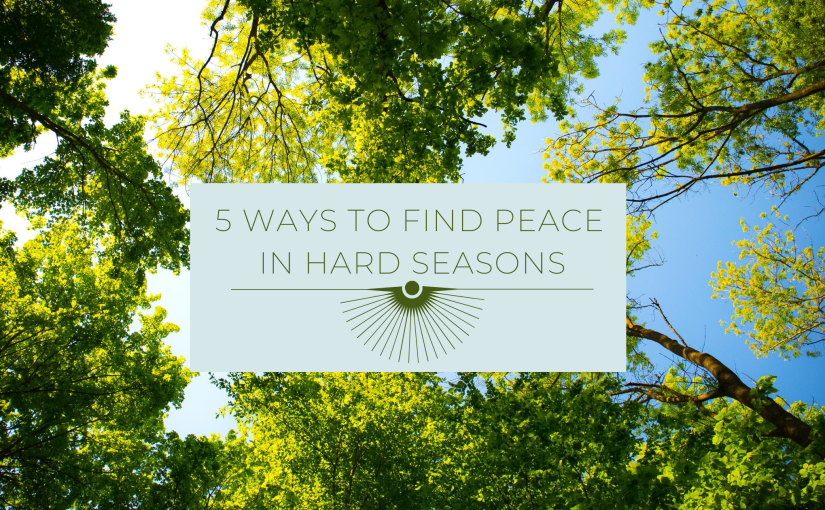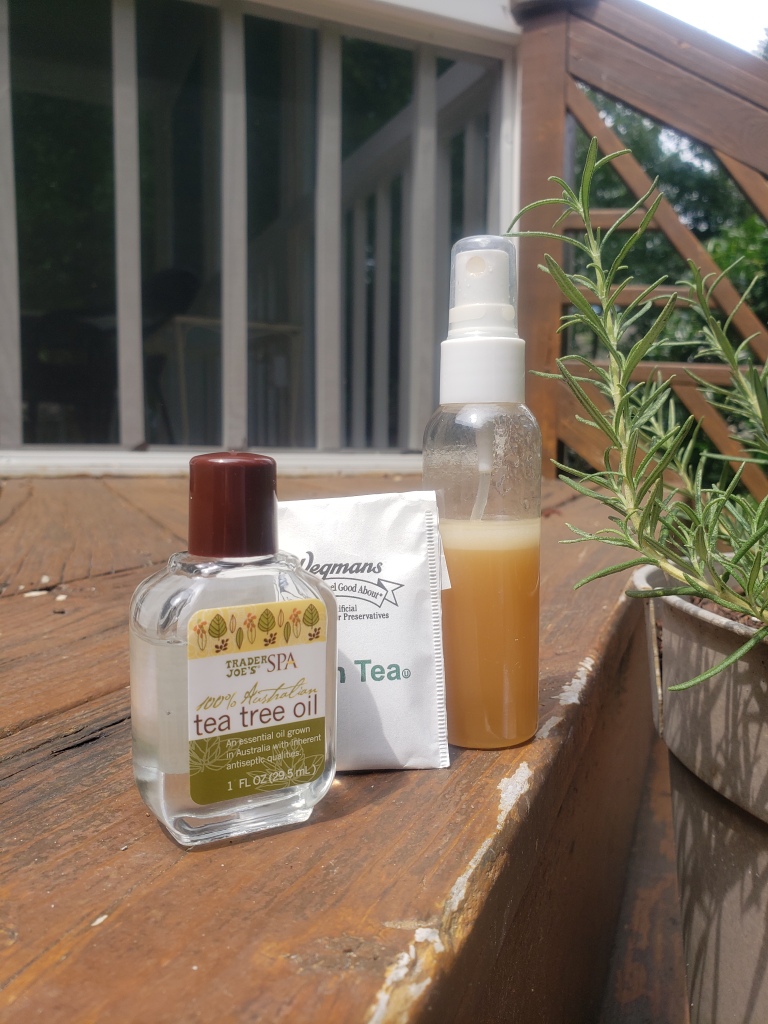Sometimes in life you just need a moment to feel ethereal. To feel pure, like a Disney princess singing to a little bird in a field of gardenias, roses and peonies. And recently, I need that more often than not- and I’m assuming you do too. Really, who doesn’t want that?
A simple little at home trick to get yourself feeling like you’ve been sucked in to an elegant, enchanted fairy tale is to make yourself some rosewater. Rosewater is incredibly quick and easy to make and seemingly has an infinite amount of uses. You can use it as a bath soak, facial toner, hair cleanser, face mask, nail treatment, aromatherapy, and so much more. Heck, you can even use it in your cooking.
Let’s go through two ways you can make rosewater. The first way is to make just a simple rosewater, and the second is to make a rosewater essence which is a more concentrated version that just makes a bit less per batch.
Simple Rosewater
Rosewater in its simplest form can be used for just about anything, and it’s super easy to make. Personally I love using rosewater for a little DIY hair cleanser as a replacement for dry shampoo after a workout, as a toner when my face needs a little moisturizing boost, and as a face mask when mixed with a bit of aloe vera gel from my garden.
How To:
- Pick 3 or 4 fresh roses from your garden or at your local nursery/grocer.
- Pull all the petals off the main flower and rinse them to get any dirt or little bugs off.
- Take your clean petals and place them in a pot of water (fill a medium pot with as much water as you’d like- I recommend making just as much as you can properly store).
- Place the pot on the stove top and bring to a boil. Once the water is boiling turn the temperature down to a simmer and let sit until the petals begin to look wilted and the water becomes tinted with the color from the flowers.
- Strain out the rose petals, and let the water cool before putting it in to your storage containers.
- Once you pour your rosewater in to your air tight containers place the ones you want to save in the refrigerator to keep fresh. The rose water is ready to use and will keep for about a year when stored properly.
Rosewater Essence
Rosewater essence is better to make when you intend to use it for cooking or aromatherapy purposes. It is not necessary to use the concentrated version on the skin, and if you have sensitive skin it may be too harsh. However, in its concentrated form, the smell and taste of the rosewater are much more potent and make a great, light, floral addition to many DIY concoctions.
How To:
- Pick 3 or 4 fresh roses from your garden or at your local nursery/grocer.
- Pull all the petals off the main flower and rinse them to get any dirt or little bugs off.
- Take your clean petals and place them in a medium sized pot that is about half full of water.
- Place a smaller bowl in the center of the pot, and bring the water in the pot to a simmer.
- Once the rose petals begin to look wilted and discolored turn off the stove top and cover the pot with a lid. As the water cools the condensation that will form on the lid will drip in to the bowl you placed on top of the water.
- After the water has completely cooled remove the lid and remove the bowl. You should have a substantial amount of rosewater essence in your bowl, but it will not be full of all of the water you started with.
- Transfer the rosewater essence to an air tight container and place in the fridge. This should keep for about one year when stored properly.
I’ll tell you, this last time when I made rosewater I made a big mistake. Not in the recipe, not in the preparation, but honestly one of the dumber mistakes I could have made. I didn’t measure out the amount of water I’d be able to store at all. I just went about my merry way, making a big ol’ pot of rosewater not even thinking about how to store it. Well, I ended up using about 5 jars (every jar I had at my disposal), and then still had about a cup’s worth left over. Please, don’t let all that good rosewater go to waste and measure out what you can use before you just go about making your rosewater like I did. I ended up using what was left as a soothing warm facial steam, so it didn’t go totally to waste, but I would have liked to save everything I made for later projects.
The first thing I made with my simple rosewater was a little birthday gift for my friend: A rose water and aloe vera gel face mask. If you want the recipe for that, I’ll be posting it soon here, so be on the look out for that.
In the mean time let me know: What are your favorite uses for rosewater? What are some rosewater DIYs you’d like to learn how to make?






